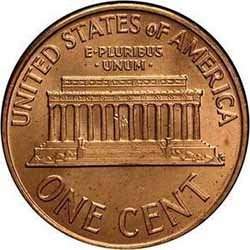 Consider the backside of a U.S. Lincoln Cent. The inscription on it is called as the Legend and it gives us information about the manufacturer of the coin and the value it is worth of.
Consider the backside of a U.S. Lincoln Cent. The inscription on it is called as the Legend and it gives us information about the manufacturer of the coin and the value it is worth of.
The area of the coin that is flat or not raised during the minting process is known as the field. Similarly, the design made by raising the surface is known as the relief of a coin.
The part of the coin that runs all around the edges on both sides of the coin is known as the rim. The rim is significant for three important reasons. They are: Protecting the coin’s design from wearing out fast, easier stacking of coins and prevention of damage in events of strikes.
Also, you can see the motto, such as the one found in the U.S. Lincoln Cent, which says, "In God We Trust." Motto is a line or word that has a special significance and meaning, drawn from an inspiration. Usually, the US coins in circulation have 3 mottos: "Liberty", "In God We Trust" and "E Pluribus Unum", which is the Latin phrase for "Out of Many, One".
The edge of the coin is plain and has no risings. It is the side of a coin and is different from the rim of a coin.

Coins also have a mint mark which indicate the mint location of the coin. It has been in practice since ancient Greek and Roman days and it is also a mark of authenticity and quality. At any point of time, if it was found that the quality of the coin or mint was not proper, the King would take into task the mint from which the coin originated.
In the present day, US coins are minted in one of the below mentioned places.
1) D: Denver
2) S: San Francisco (Proof coins only)
3) P: Philadelphia (no mint mark also indicates Philadelphia)
There are other coins in the US too, like gold bullion or proof coins that have a different mint mark than the above mentioned ones.